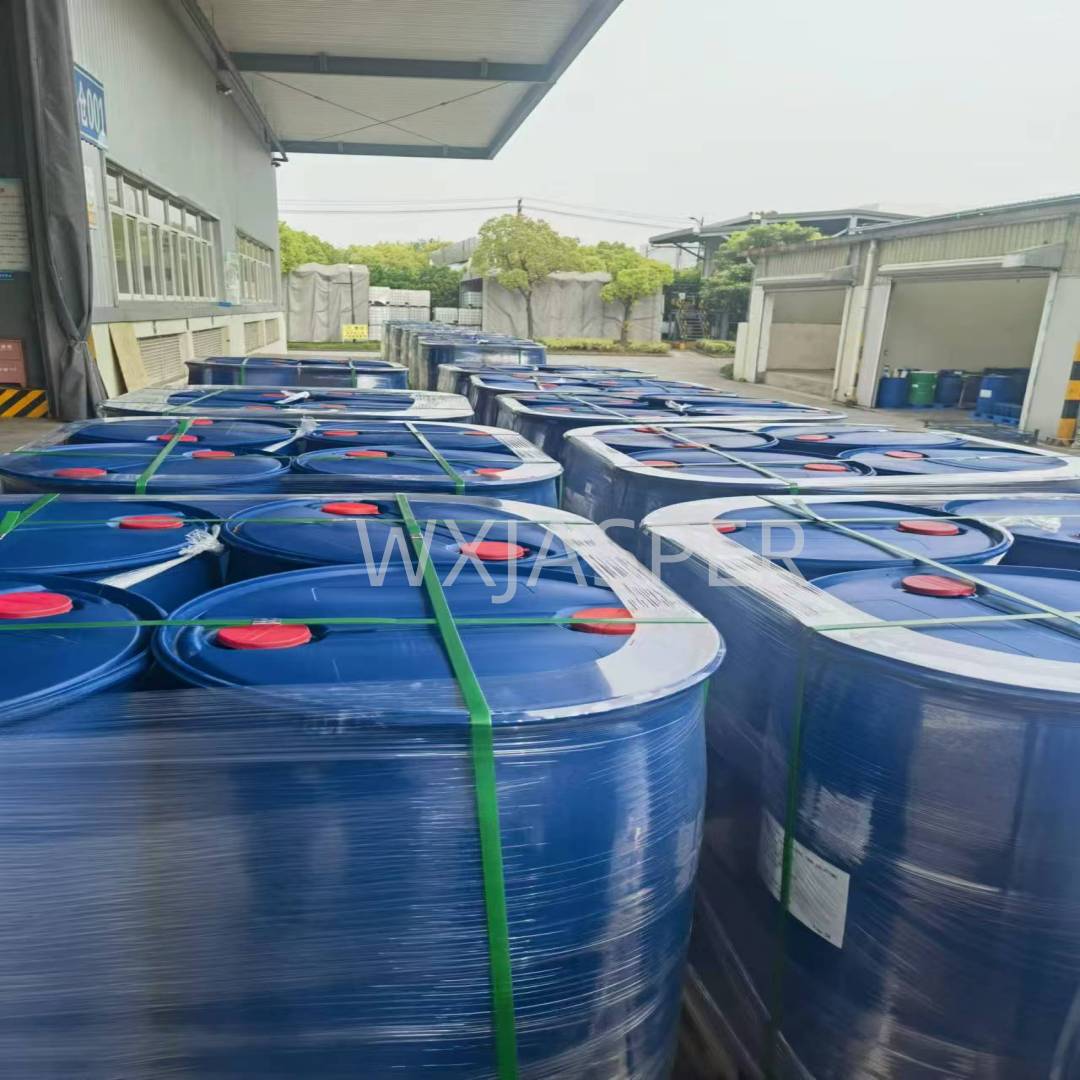Your Location:Home > Products > Solvents > Tri-n-octylamine



CasNo: 1116-76-3
MF: C24H51N
Appearance: liquid
Delivery Time: 15 days
Packing: 160kg/drum
Purity: 99%
Basic Information
|
Model NO. |
1116-76-3 |
EINECS |
214-242-1 |
|
Color |
White |
Appearance |
Liquid |
|
Sample |
Available |
Purity |
99% |
|
Grade Standard |
Industrial Grade |
Specification |
160kg/drum |
|
Transport Package |
Drum |
Origin |
China |
Product Description
Product Name:Tri-n-octylamine
CAS No: 1116-76-3
EINECS No.:214-242-1
Form: Powder
Product Application
Extractant: It is an important amine - type extractant, which has good extraction performance for actinide elements such as thorium and uranium. It can also be used for the extraction and separation of non - ferrous metals, rare metals, rare - dispersed metals and platinum - group elements. In the metallurgical industry, it is often used for the extraction and separation of precious metals such as cobalt, nickel and lanthanide elements.
Intermediate of Surfactants: It is a very important intermediate for synthesizing cationic surfactants and amphoteric surfactants. These functional surfactants can be used as bactericides, antistatic agents, softeners, foaming agents, oil - field production aids, etc.
Packaging
160Kg/drum
Storage
Store in a cool and ventilated warehouse, away from fire and heat sources. It should be stored separately from oxidants, acids and food - grade chemicals, and mixed storage is strictly prohibited.